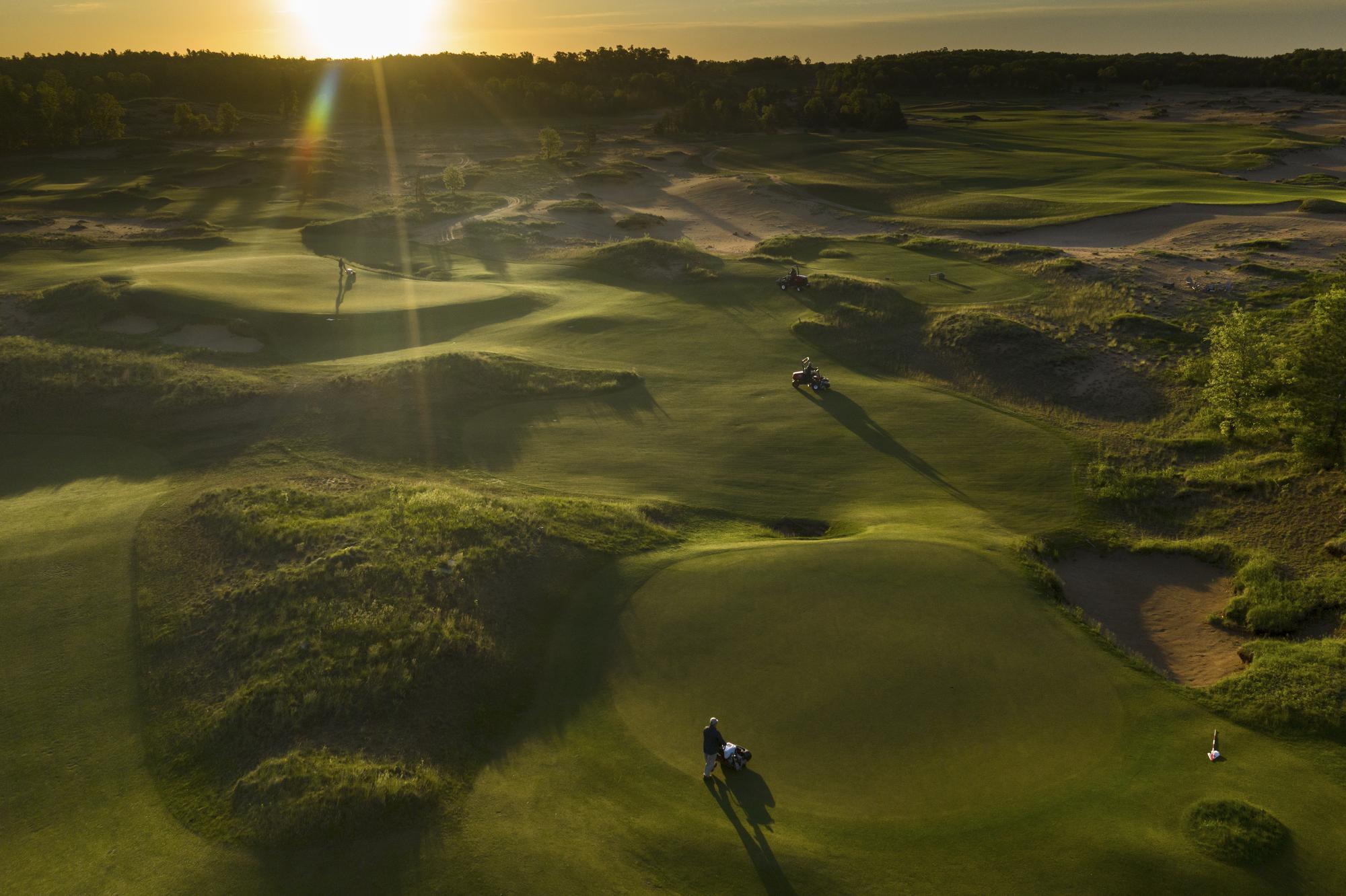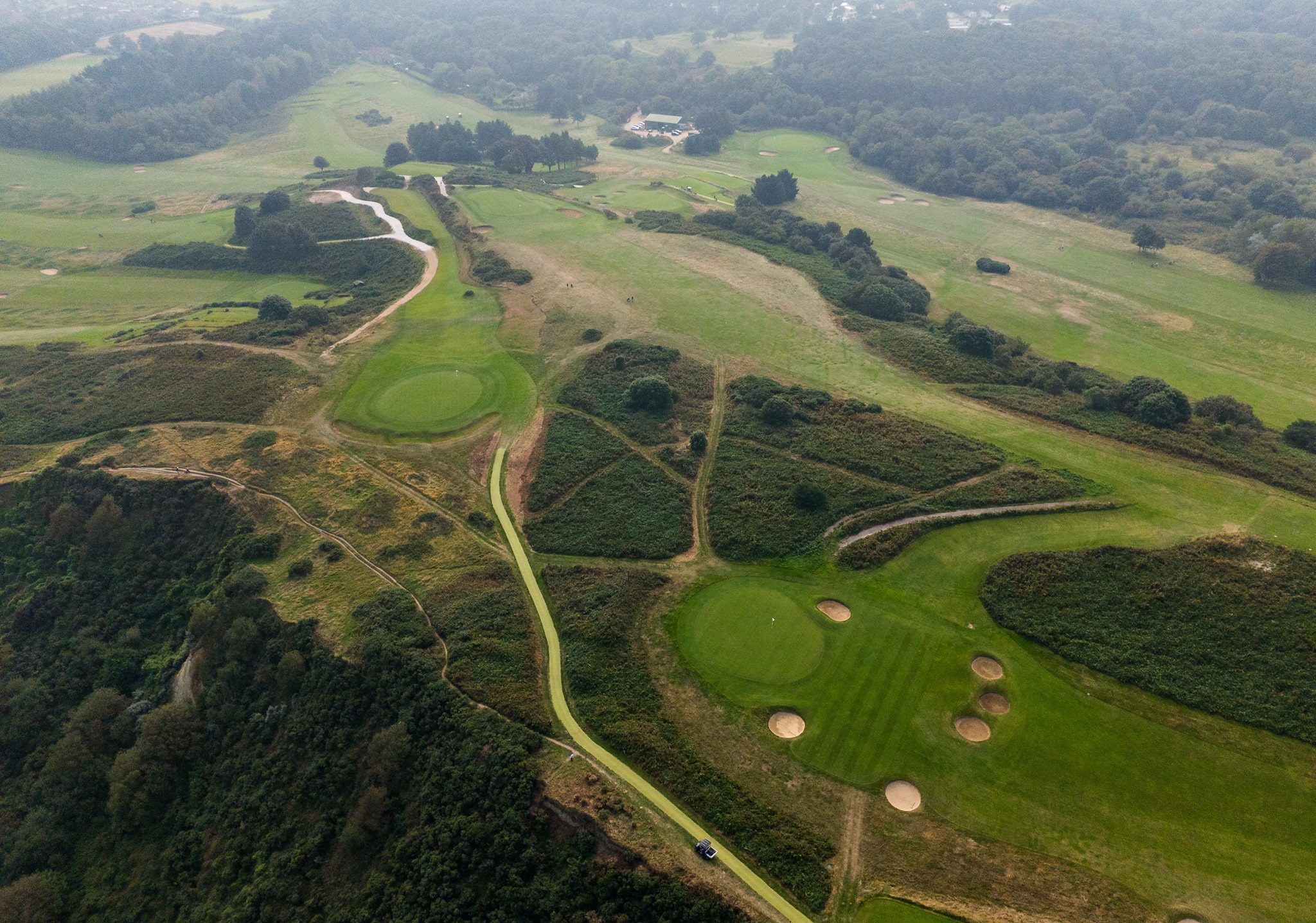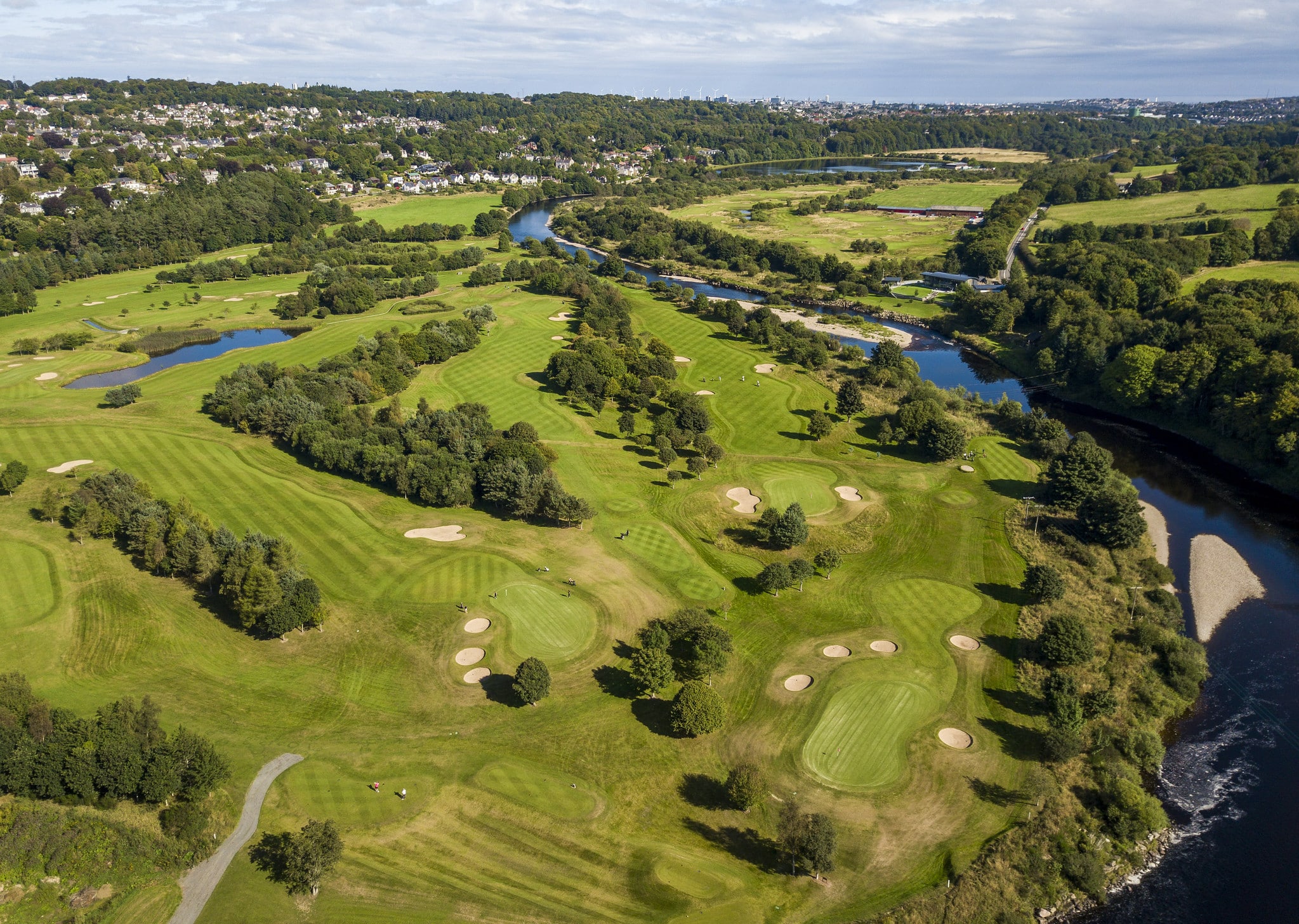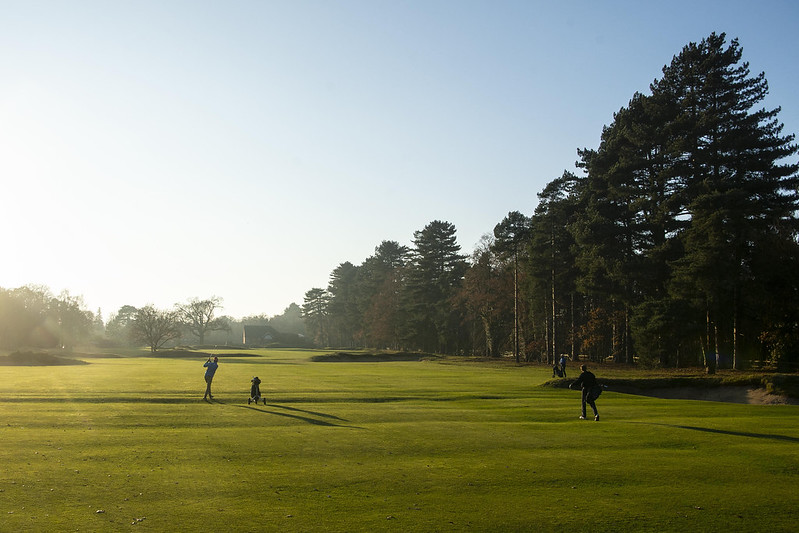Types of golf courses and how they affect the game
One of the most fascinating things about golf is how the unique features of each course and environment influence the play and overall game experience.

Think about the unpredictable strong winds you’ll encounter on the coast, the unusual rolling or bouncing on sandy terrain and the lush trees you’ll have to avoid in a woodland course.
In addition to determining how the game is played and enjoyed, different types of golf courses will also attract different types of golfers and require a unique approach to turfcare and irrigation management.
Here you’ll find a general overview of the three most popular golf course types – links, parkland and heathland – as well as other variations that are more common outside the UK.
Links golf courses
This is where it all began. Originating in Scotland, and now found in many coastal locations across the world, links courses are a traditional style of golf course, characterised by their sandy soil and windswept, undulating playing surfaces.

The name ‘links’ comes from the Old English hlincas, which means ridges, and makes reference to the sandy, hilly terrain found on coastal courses. Records show the term was first used to describe golf courses in Scottish English during the 15th century.
Examples of famous links golf courses include the Old Course at St Andrews in Scotland, the oldest course in the world, and Royal County Down in Northern Ireland.
Because of their proximity to the coast, links courses often feature strong, unpredictable winds, which can prove a challenge for players. They also feature large, slower greens, fast fairways and are relatively free of trees, while the bunkers are often deepened to prevent sand from being blown away.
Links golf courses are typically open all year round, as their well-draining sandy soil means surfaces are playable even in bad weather. The result is minimal risk of floods and reduced need for maintenance compared to other types of courses built on clay-rich soil.
Parkland courses
Parkland golf courses, as the name suggests, are designed to resemble landscaped parks or public gardens. Located inland, away from coastal winds and urban noise, they feature lush, tree-lined fairways and well-maintained greens, offering a more controlled playing experience than a links course.

First introduced following demand for more inland golf courses, parkland courses are known for their varied mix of trees, water hazards, bunkers, flat fairways, built-up rough, as well as gentle playing surfaces.
As such, many PGA tour events are hosted at parkland courses, including, most notably, the Champion Golf Course at the PGA National in Florida and The Brabazon Course at The Belfry, UK – a Ryder Cup favourite, famous for its “carpet-smooth” greens.
Today, parkland courses are the most popular type of golf course in the world, perhaps thanks to their improved accessibility, moderate challenge, and overall value for money.
However, because of their natural clay underlay, the playability of parkland golf courses can be affected by poor weather, unlike links courses.
Heathland courses
Heathland courses are the ideal middle ground, sharing the firm and fast-paced open fairways and unpredictable weather challenges presented by links courses with the inland location of a parkland course.

Typically found in Britain, these courses are characterised by low-growing vegetation, sandy soil, and gently undulating terrain. They have the rugged, natural beauty of a links course – without the cliffside location, giving them a sheltered feel reminiscent of parkland courses.
Like natural heathland, courses of this type are less manicured and sculpted than parkland courses; instead, expect dense swathes of purple heather, bright yellow gorse and other evergreen shrubs.
Popular heathland golf courses in the UK include Walton Heath in Tadworth and West Sussex Golf Club.
Because of their firm turf and harder playing surfaces, moreover, heathland golf courses are, like their coastal counterparts, less impacted by poor weather, offering golfers playability year round.
Other types of golf courses
Desert golf courses
Characterised by the vibrant contrast between desert and manicured green courses, this type is particularly popular in the Middle East and arid areas of the US – for instance in Arizona, Nevada or California.
Due to the extremely dry climate, these golf courses require a vast amount of planning and water to thrive, but the reduced grass surface – which mostly includes the tee boxes, greens and fairways – limits the need for maintenance.
The style of play is also slightly different here. For instance, the peculiar design of these courses favours precise, strategic shots as the fairways are particularly narrow and the surrounding desert landscape is largely unplayable.
Famous courses of this kind, such as the Desert Willow Golf Resort and the PGA West Norman Course in California, offer a distinctive golfing experience that attracts enthusiasts from around the world.
Sandbelt golf courses
Named after the renowned sandbelt region just outside Melbourne, these golf courses include some of the finest in the world.
The name comes from the characteristic sandstone present in the area, an anomaly likely caused by prehistoric floods, with layers of sandy loam that can reach a depth of up to 80 metres.
Due to these conditions, sharp bunkers can be placed anywhere in these courses, even at the edge of greens. The turf is firm and compact, providing more bounce to long shots, while the deep layers of sand are optimal for drainage.
Notable examples are the famous Royal Melbourne Golf Club and Kingston Heath Golf Club. Both received design input from golf course architect Dr Alister MacKenzie and are characterised by the strategic use of bunkers, striking green contours and a seamless use of native vegetation.
Par 3 golf courses
In a par 3 golf course, you are expected to sink the ball in three shots or less, so they tend to be shorter and fast-paced, and the green is easier to reach from the tee box.
Since they occupy less land and are quicker to play, these short courses emphasise precision rather than power.
Because of these characteristics, par 3 courses are best for beginners or juniors who want to train in iron play and putting. They are also perfect for more experienced golfers looking for a faster course or to improve their short-game skills.
Across Europe, many golf resorts include a par 3 course in addition to their standard 18-hole layouts, often labelling them as “Academy courses.”
Want to learn more about golf course maintenance?
Turfcare management practices will vary depending on the type of course. Irrigating a links course will be different from that of a parkland course for example. The priority for a links manager is to keep the grass alive and not green, whereas a parkland course is expected to be green and lush. Heights of cut will differ, topdressing and aeration practices, and feeding protocols, too.
This is the first in a series of articles and we will go on from here to interview course managers and greenkeepers working at each type of course and explain what works best for them in our continued ambition to share knowledge and information. Their techniques and best practices may well influence how others do their work, or start a conversation about alternatives and encourage ideas sharing. So stay tuned!
For more information on golf courses, turfcare tips and how to choose the best equipment for your unique needs, read our latest articles or explore our newest range of Toro machines.